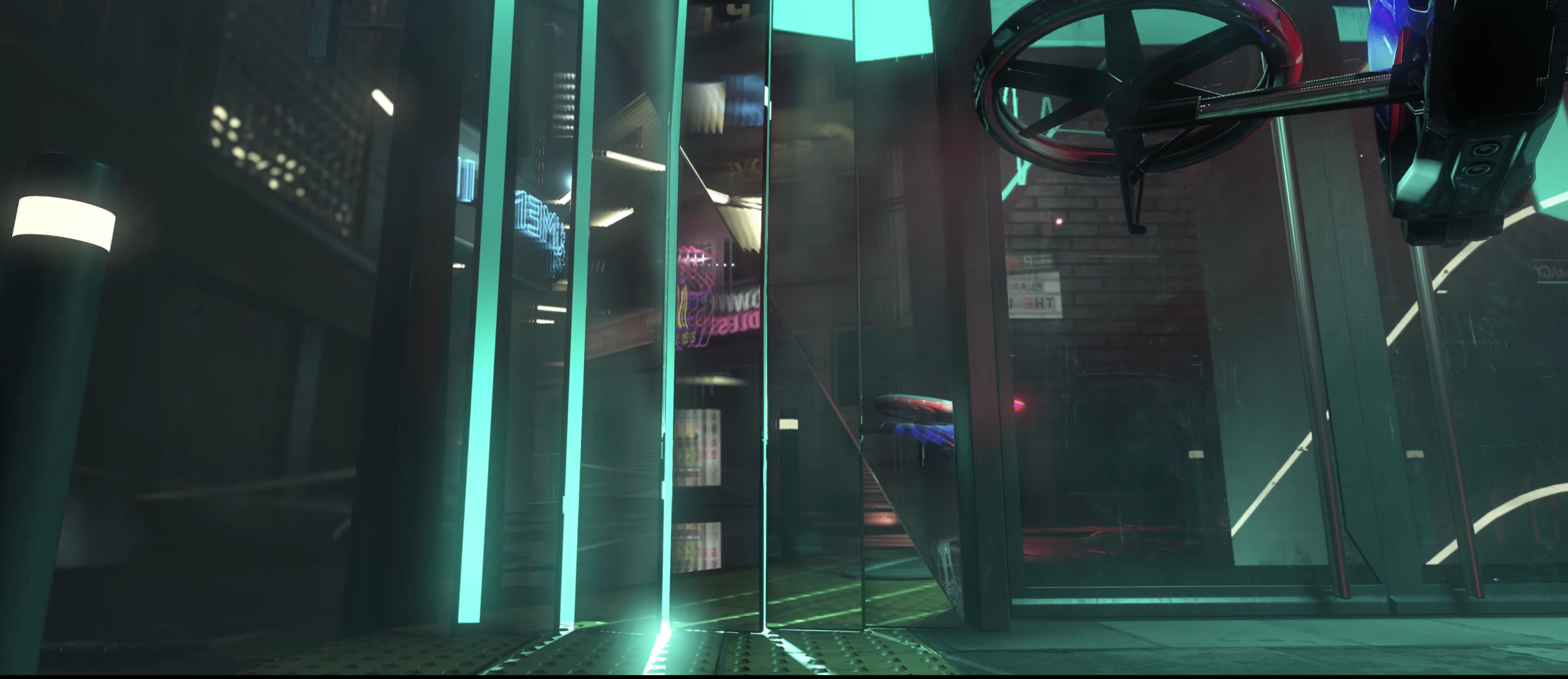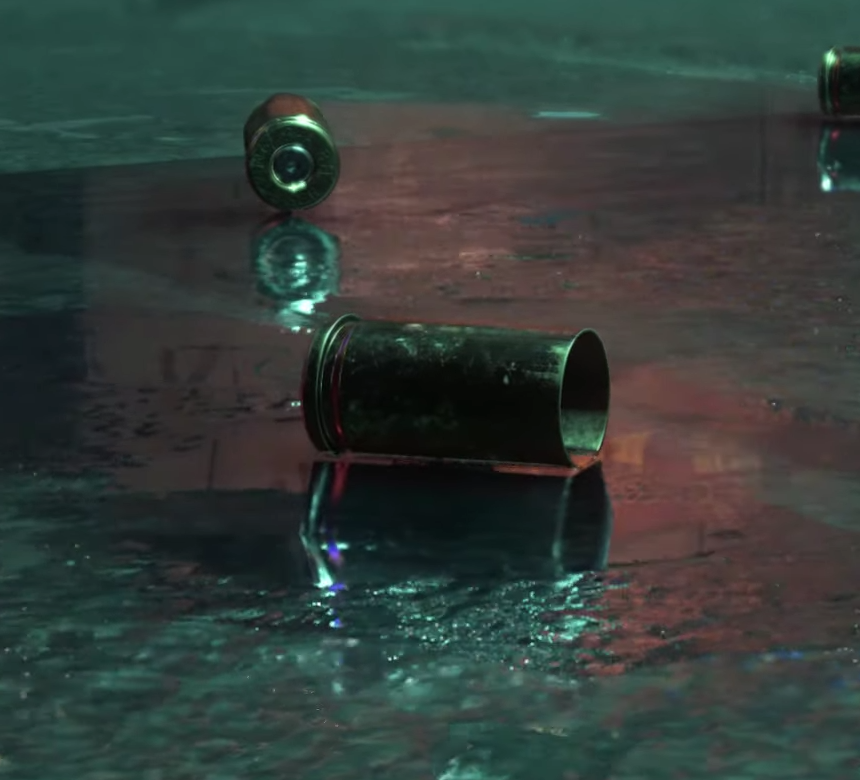Some very nice results there. Things like having to tweak the settings to remove artefacts is the sort of development overhead we want to solve, but the performance of these techniques looks like hybrid rendering will be more than rasterised triangles and traced lighting, and rather complex mixes of lighting techniques. As we're already seeing in BFV where we combine screenspace and traced reflections.There latest Voxel Based GI (which doesn't require UV Layout!)
https://developer.unigine.com/en/devlog/20180426-unigine-2.7
I think the magic will happen when devs find the best sweet-spot between the techs, and find with fast enough rays that they can do more with these voxelised solutions.



